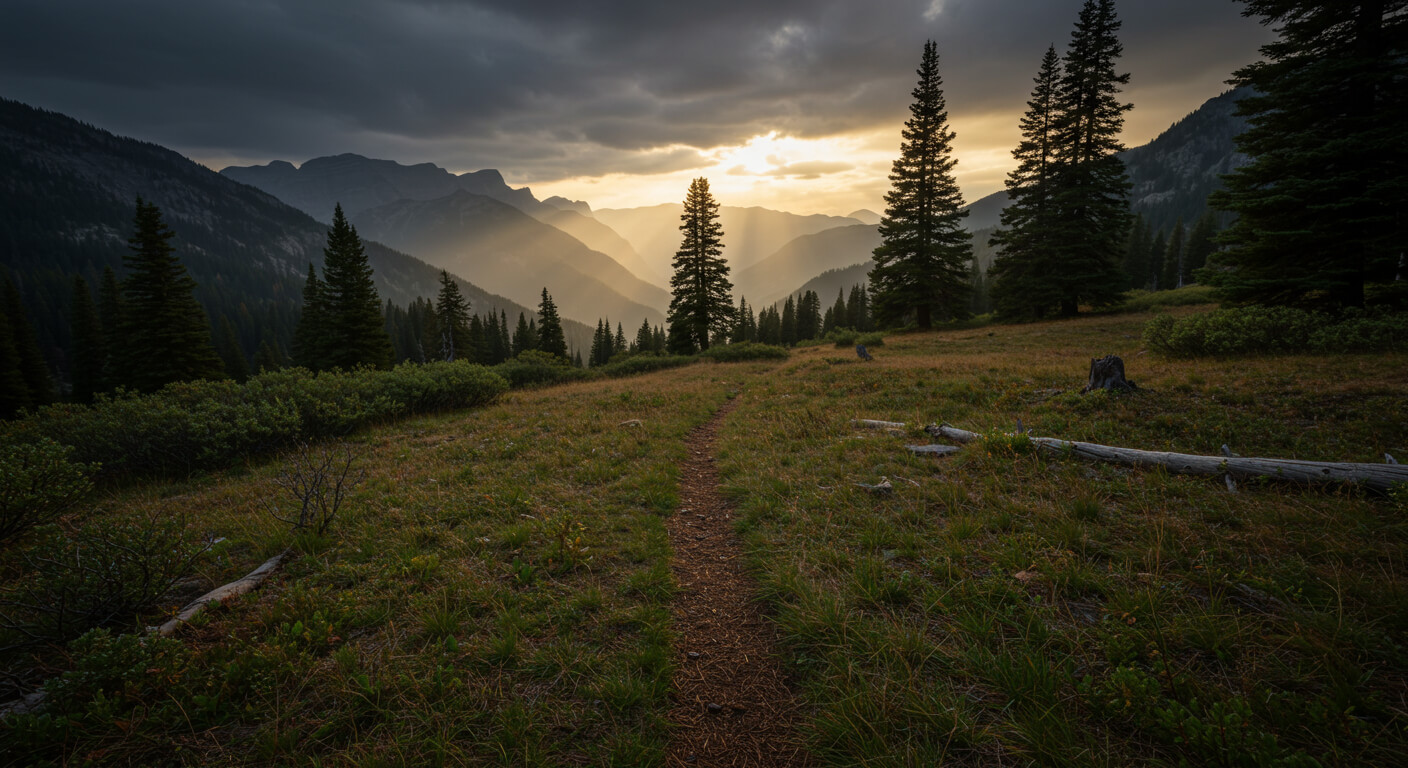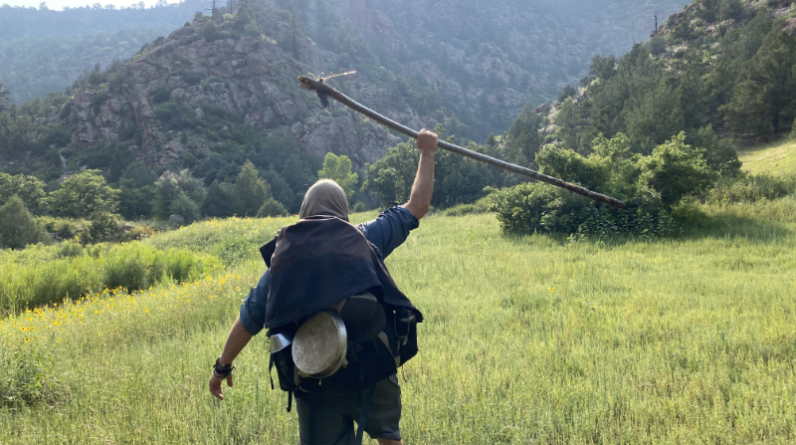
A Quiet Departure – The Beginning of Nash Quinn’s Disappearance and What We Know So Far

In July 2024, 39-year-old Nash Quinn, a visiting University of Wyoming professor and avid mountain biker, set out on a routine ride near Laramie and never returned. He often rode alone on familiar trails, but this time was different: Quinn simply vanished, and as of today, he’s still missing. At his home, Quinn’s bike and helmet were gone, while his car keys, wallet, and phone remained behind.
At first, friends weren’t alarmed; Quinn was known to travel ultra-light and sometimes wouldn’t even carry water on short outings. However, when nearly two weeks passed with no word from him, concern skyrocketed. A close friend realized on July 21 that nobody had heard from Quinn since the day he left to ride, prompting a missing person report. What followed was a massive search effort involving law enforcement, search-and-rescue teams, and volunteers combing tens of thousands of acres of rugged terrain. Not a single trace of Quinn or his white mountain bike turned up.
Quinn’s mysterious disappearance is a sobering reminder that even a quick trip into the backcountry can turn into an emergency. It’s easy to assume that a familiar route or a short excursion carries little risk, especially if you’re experienced and fit. But as this incident shows, things can go wrong without warning, and the wilderness doesn’t give free passes for expertise or confidence. We owe it to ourselves and our loved ones to be prepared every time we head outdoors. Here are the key lessons every adventurer—novice or expert—can learn from what happened to Nash Quinn.
While I don’t know Nash personally, I know the type of land he disappeared into. I teach people how to navigate places like it, survive in it, and most importantly, how to come home from it. Although I haven’t taught survival courses specifically in the Laramie area, I’ve worked with students throughout Wyoming, including regions further north, and I’m very familiar with terrain like that. The Laramie landscape is rugged, like the Colorado terrains we typically train in.
The truth is, I knew nothing about Nash Quinn until Fox News contacted me to do a story on him and ask questions about survival, what it takes to stay alive in terrain like that, and how people can avoid ending up in the same situation. When they reached out, I began researching. The more I looked into his story, the more it echoed countless others I’ve studied. You can watch parts of that interview with FOX News here.
This kind of thing happens all the time. I’ve done many case studies on disappearances just like Nash’s. They happen in remote pockets of wilderness all over the U.S., but they also happen in non-remote areas. Nash may have disappeared only two or three miles from the city. This kind of thing happens in people’s own backyards. It just doesn’t make the headlines. They don’t get sensationalized. Because of that, most people don’t realize how important proper preparation and training really is.
This isn’t about criticism. This is about reflection. Stories like Nash’s are why I do what I do. Nash is a human being. He has a family. People care about him, and I care about them. I want to bring light to this painful and sensitive subject because we can learn from it. If I can save even one life by talking about it, it’s worth it. I truly hope Nash’s family feels the same, that using his story to help others find their way home is a way of honoring him.






